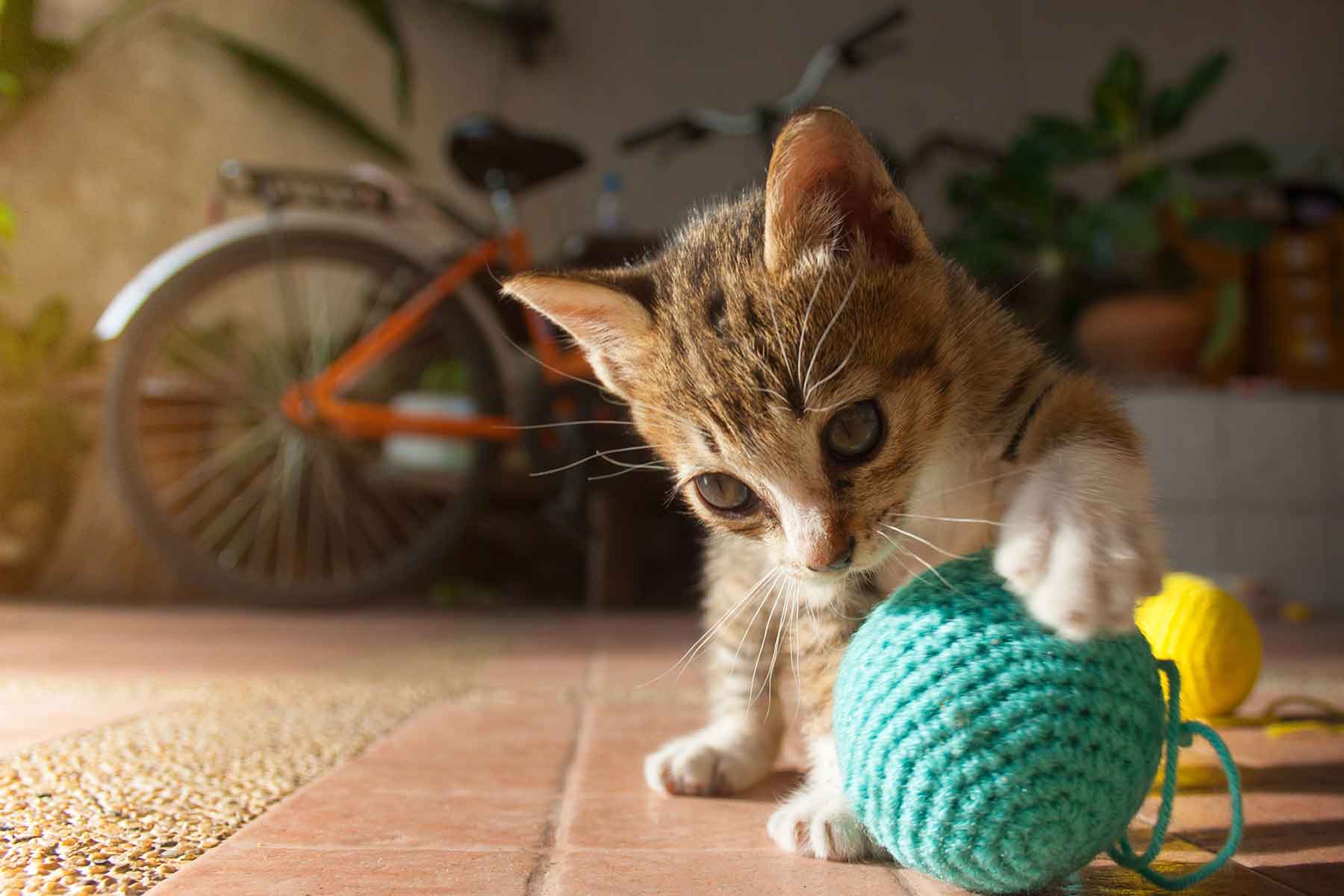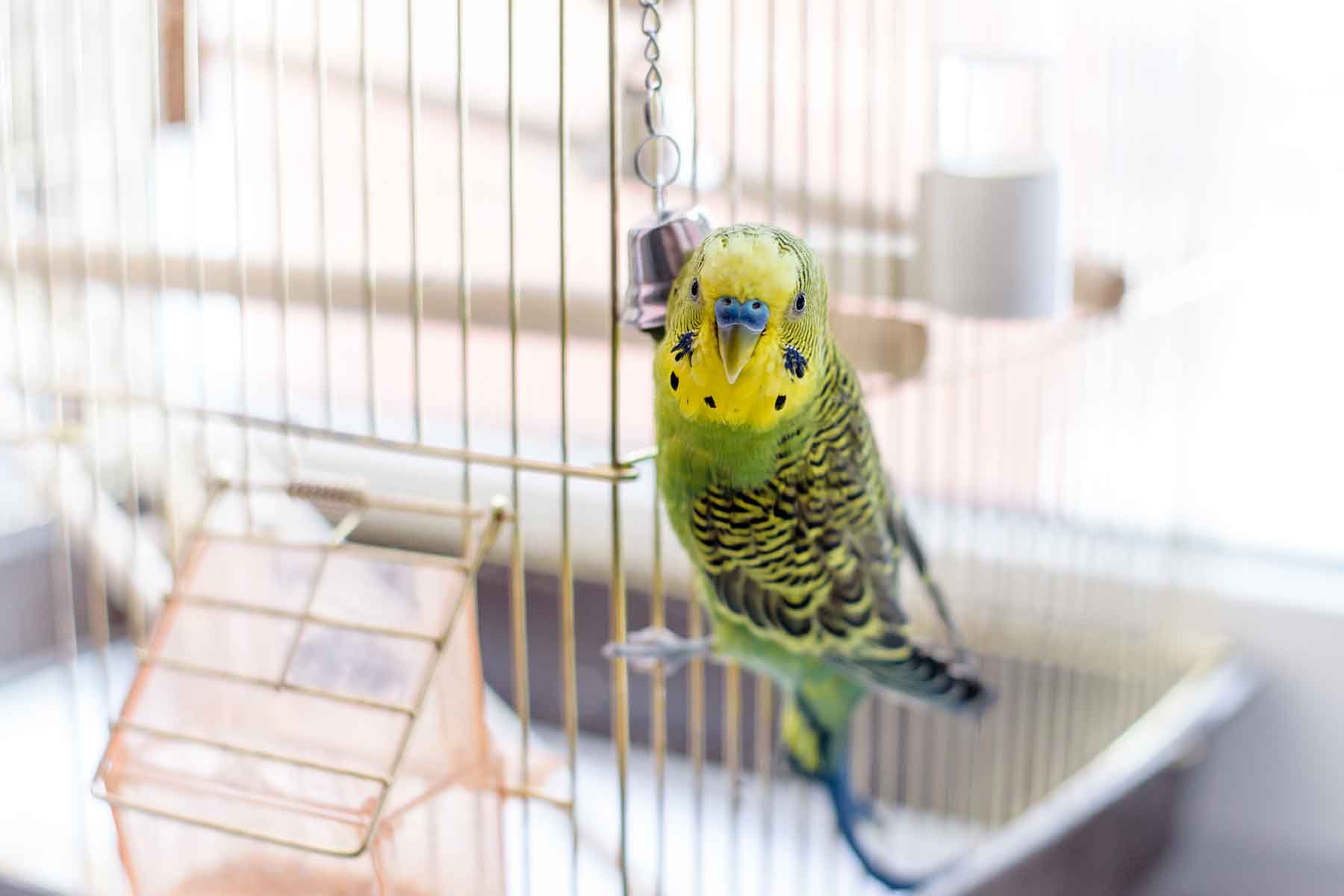Cat flu is a common and highly contagious disease in unvaccinated cats of all ages. It tends to be particularly severe in kittens.
The two viruses associated with cat flu are Feline Viral Rhinotracheitis (FVR) and Feline Calicivirus (FCV). Unlike most bacterial infections, viruses are very difficult to treat and specific anti-viral treatments are generally not available. These viruses are more likely to remain within the system for long periods of time, although symptoms of the infection may not always be apparent. It is therefore unfortunate that a ‘flu’ infected cat is likely to retain the virus in its system for life.
What are the symptoms of cat flu?
Signs of cat flu are similar to those for colds and flu in people. It can cause inflamed and runny eyes, discharge from the nose, sneezing, coughing, loss of appetite and sometimes mouth ulcers. The discharge from the nose and eyes generally begins as a clear colour. If the cat develops a secondary bacterial infection, the discharge will change to a yellow/green colour.
Symptoms can be minor or severe, depending on the cat’s age, breed, vaccination status, and whether or not he or she has previously been infected.
How is it spread (shed)?
Inhaling aerosol droplets sneezed or coughed out by other, infected cats is the most common cause of infection.
Clinically ill cats or those suspected of being carriers should be isolated or handled last when in multi-cat households or boarding facilities.
In a home environment, food bowls and litter trays of flu cats should be washed separately.
What is a ‘carrier cat’?
Most cats that have been infected with cat flu enter what is called a ‘carrier state’, where the virus remains in the system, but symptoms are not always apparent.
FVR carriers are only infectious when they are shedding the virus. Viral shedding can be continual or intermittent. Carriers most commonly start shedding the virus during periods of stress e.g. re-homing, boarding, new family member.
FCV carriers continue to excrete the virus after they are initially unwell. FCV carriers excrete continuously so are always potentially infectious to other cats, particularly unvaccinated ones.
Why do we vaccinate?
If vaccinated as a young kitten it is unlikely your cat will contract flu, as he or she will already have developed antibodies against the disease. However, if your vaccinated cat does contract flu’ the severity of the virus is drastically reduced.
If your cat is a carrier, vaccination is still recommended for two reasons:
1. Any symptoms that develop will be less severe.
2. It is extremely unlikely that your cat would be a carrier of both FVR and FCV, therefore vaccination will prevent your cat catching the other strain of flu.
Vaccinations should continue to be given by your vet once every year.
Can I test to see if my cat is a carrier?
In most cases, diagnosis of cat flu is made by assessing the clinical signs. Further diagnostic testing is available, please ask our veterinarian for more information.
How do I take care of my flu carrier?
Cat flu carriers can go through life with minimal problems, living a happy life like most other cats. The only time your cat will ever feel unwell is when they are showing clinical signs. As mentioned earlier, it is unlikely that clinical signs will appear unless your cat is exposed to a stressful situation or change. So if you can provide a happy stable life for your cat flu carrier, it is unlikely it will ever be a problem.
What if my carrier cat does develop symptoms?
Talk to your vet about treating symptoms when they appear, if they are minor it is unlikely treatment will be needed. However if a secondary bacterial infection develops, antibiotics may be required. We need to be mindful that weeping eyes can quickly become more severe and may cause corneal ulcers to develop on the eye. Prompt veterinary attention is necessary in this case.
Should I let my vet and boarding facility know if my cat is a carrier?
Yes! It is important for your vet to know, as it will assist with future diagnosis and treatments. You should let your boarding facility know for the following reasons.
- To avoid any additional stress to your boarding cat – eg. Housing them away from other cats or in an environment they prefer such as in a sunny room.
- Cattery attendants can watch more closely for clinical signs, discomfort or illness before they become a problem.
- Cattery attendants can keep a very close eye on your cat’s appetite and if necessary feed more palatable foods.
- Your cat may need extra warmth from blankets and a heating pad.
For the safety of other cats
- Cattery assistants can ensure contact with other cats (who could possibly catch the virus) is avoided.
- Separate bowls, litter trays and bedding can be organised to avoid contamination and prevent the disease from spreading.
For all of the reasons listed above it is a great idea to let your cattery know. Your flu carrying cat can be isolated so s/he can receive special attention in the cattery and other visiting friends can avoid catching this debilitating virus.











